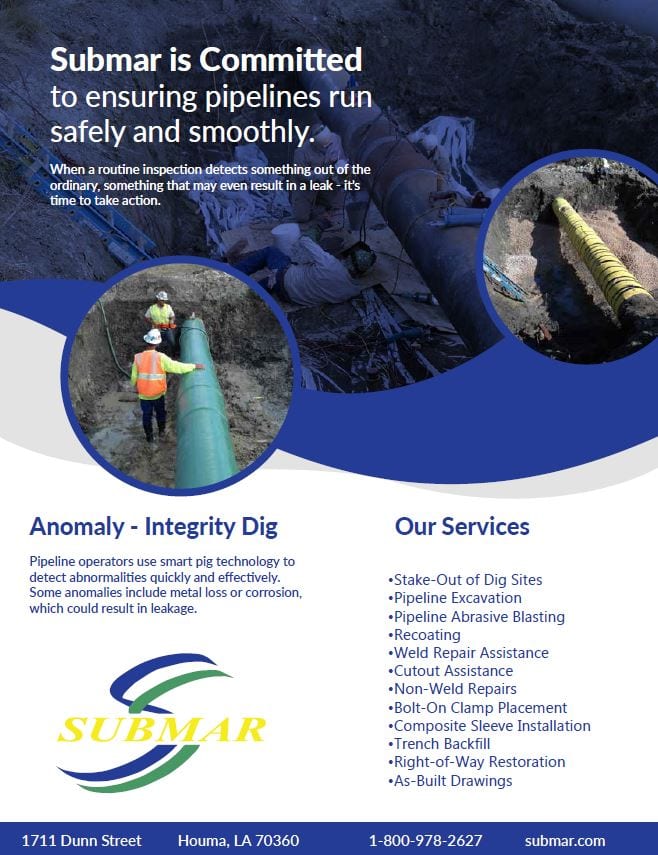Oil pipelines are made from steel or plastic tubes that are usually buried. The oil is moved through the pipelines by pump stations along the pipeline. Natural gas and similar gaseous fuels are pressurized into liquids known as natural gas liquids (NGLs). Natural gas pipelines are constructed of carbon steel.
Because of the types of materials that pipelines are made of, there is a danger of a leak. Lines leak because they rust from the water in the oil: unlike the oil in your car, which prevents rust, crude oil contains a lot of water. Tar from tar sands contains more water than most because super-heated water is used to blast it out of the earth. The water mixes with dirt that has fallen out of the crude oil to form a sludge at the bottom of the pipe, which breeds bacteria that produce sulfur and speed up the process of corrosion.
A Pinhole Leak
The first symptom of corrosion is a pinhole leak. Here’s how these tiny leaks are detected.
Follow the Data: Sophisticated data analysis can play an important role in preventing leaks. In-line inspection devices gather troves of information about the pipeline. Advanced software can evaluate this data alongside geographic information from the right-of-way to create “risk profiles” for each foot of pipe.
Advanced Cameras: Specialized cameras can detect evaporated hydrocarbons that cannot be seen by the naked eye from an area around a pipeline. This technology uses hyperspectral imaging. Hyperspectral images can show extremely low volumes and concentrations of evaporated hydrocarbons within a one-mile radius of the camera.
Fiber Optics: Fiber optic cables installed alongside a new pipeline can help detect tiny leaks because they can sense unexpected local changes of temperature that can be caused by the leak of liquid that is either warmer or colder than surrounding soil. Fiber optics are also capable of acoustic sensing, which allows them to sense vibrations caused by flow from a pipe.
What’s Next?
Every potential problem is taken seriously. Before repair and maintenance begins, the operator will carefully divert the product around the segment that’s being repaired. One of the most common methods of repair is to recoat the pipeline with epoxy and cover the entire section with a sleeve. This is then clamped to a specified pressure to ensure an effective seal, and the seams of the sleeve are welded.


